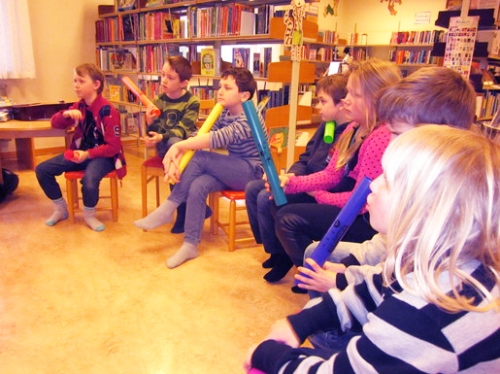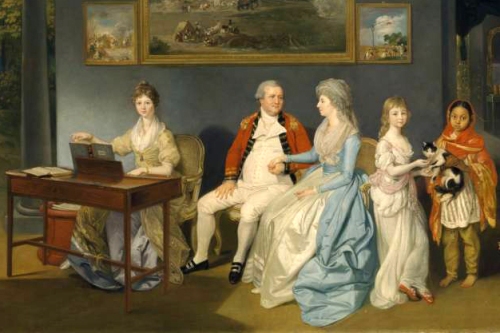
A timely prophecy remains hidden in the words of Jimi Hendrix—a connection between history and religions, linking the future with the past—that predicts the existence of an asteroid on course to impact the earth.
Hendrix was an authentic Afro-American Cherokee seer, the World Shaman who glimpsed a trajectory of extraterrestrial events already in place during his lifetime. The dominators have silenced the seers throughout the ages and retarded history by impeding humanity’s advance towards anti-asteroid technology.
In 1993 Microsoft co-founder Paul Allen, who acquired rights to a large collection of Hendrix memorabilia for the Experience Music Project in Seattle, loaned the Hendrix family a sum of money to finance a lawsuit against a Hendrix production company in Hollywood, thus facilitating the coverup of Hendrix’s asteroid prophecy.
This according to Rock prophecy: Sex and Jimi Hendrix in world religions—The original asteroid prediction and Microsoft connection by Michael Fairchild (Rochester: First Century, 1999). Below, Hendrix’s If 6 was 9—a song closely connected with the prophecy.













